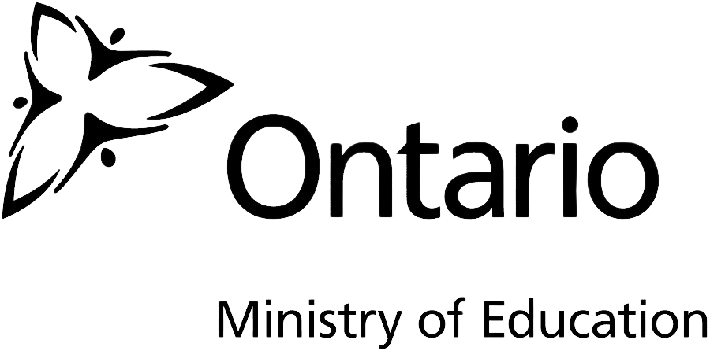
Martin Doherty is the CEO of Ethos Education & Canadian Global Academy : the exclusive authorized provider of the renowned 3rd globally ranked Ontario Ministry of Education‘s curriculum and Digital Learning Platform outside of Canada. He is also the founder the cutting edge magazine, Education Distruptor.
Through our School Partnership Program, we empower schools worldwide to attain Canadian Accreditation, providing the opportunity to establish themselves as Canadian Accredited schools. Additionally, home-based businesses can run their own Canadian Accredited Micro-School. Contact us today to learn more!
Related Posts
- 5 Post-Enrollment Data Points to Gather from Graduates
Unlock school success by tracking graduate outcomes with these vital School Data Insights. Make informed…
- Data-Driven Decisions: Utilizing Analytics to Refine Your International School Marketing
Elevate your school marketing & admissions strategy with analytics for targeted recruitment and improved enrollment…




